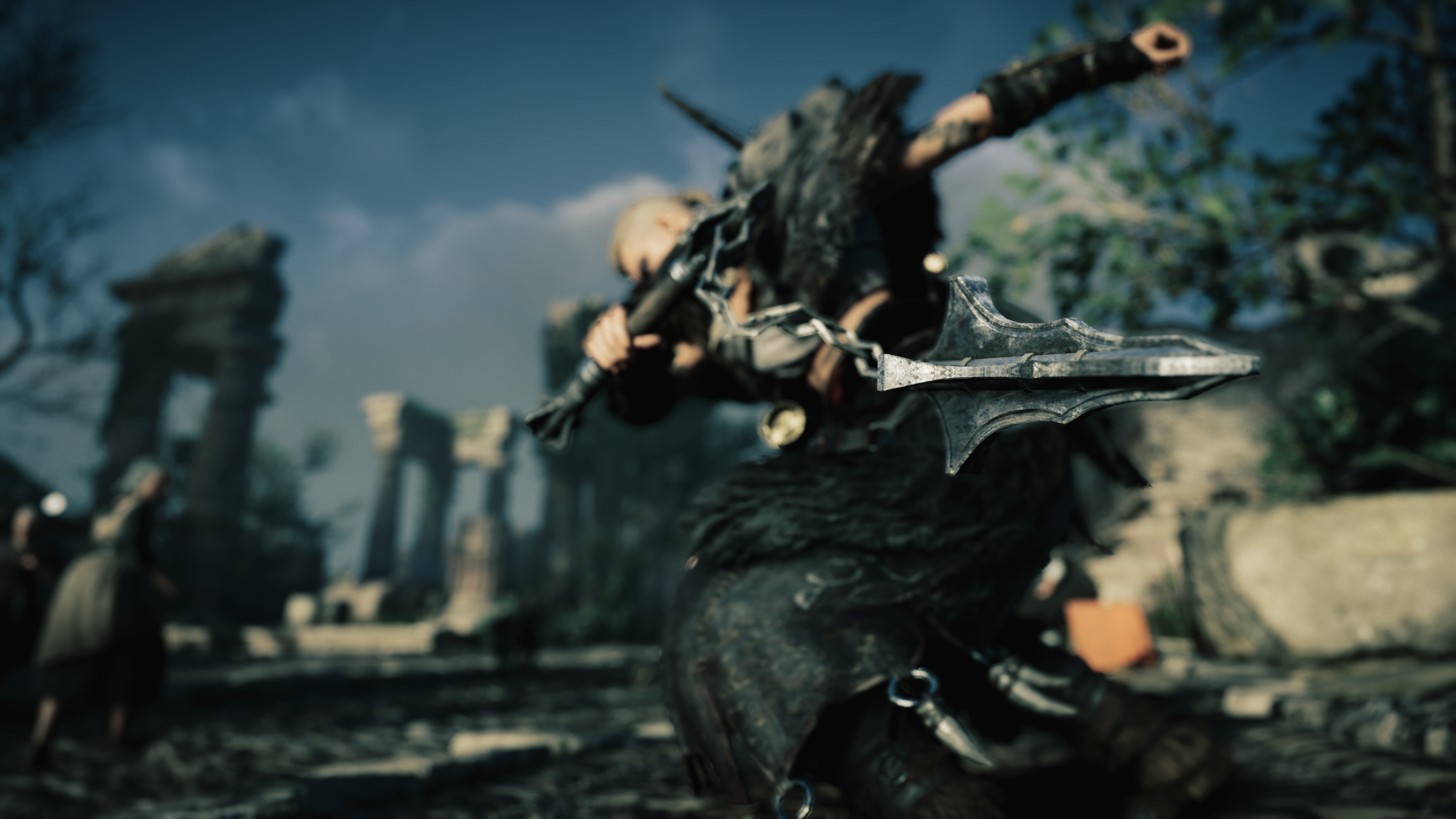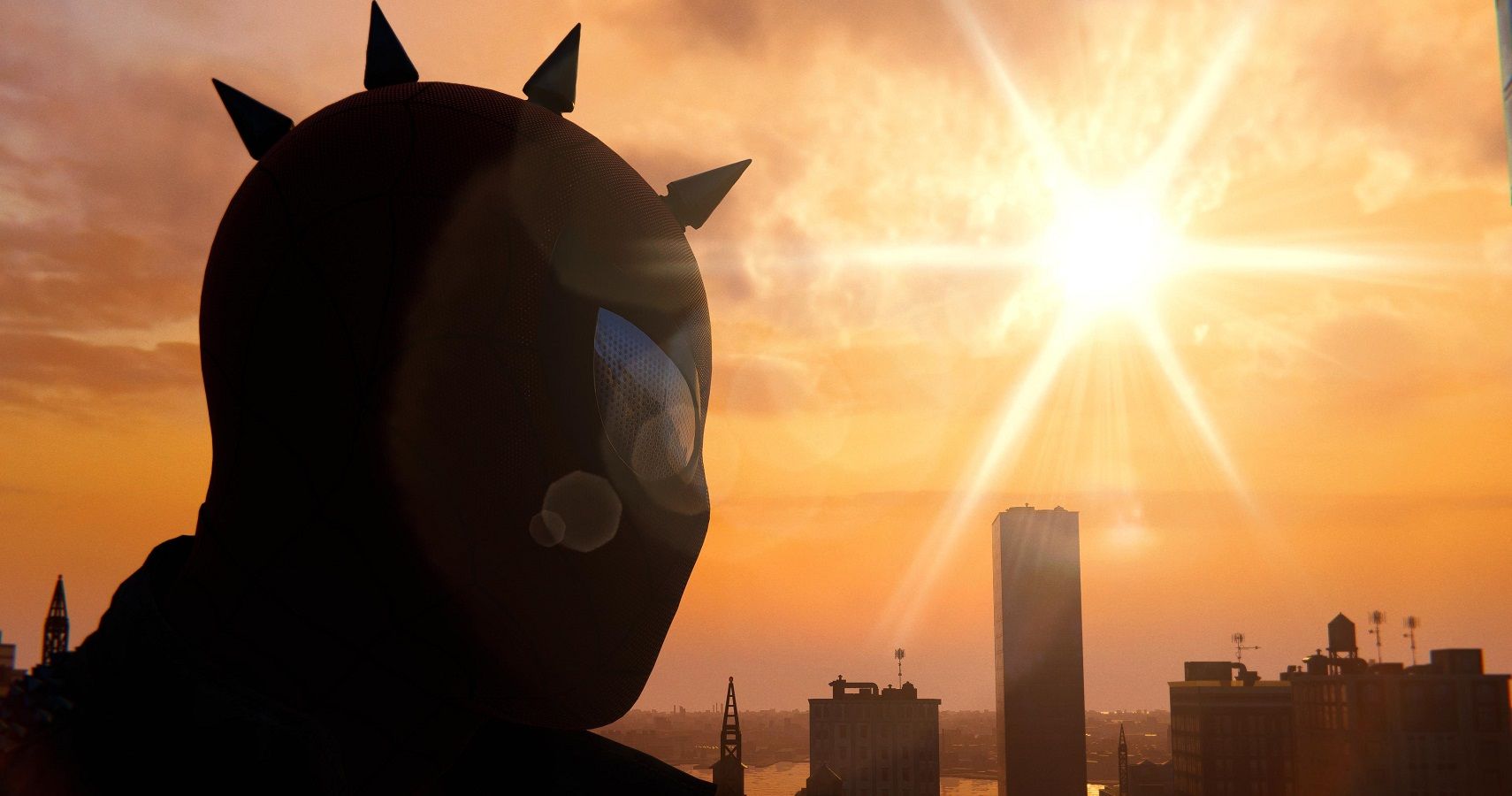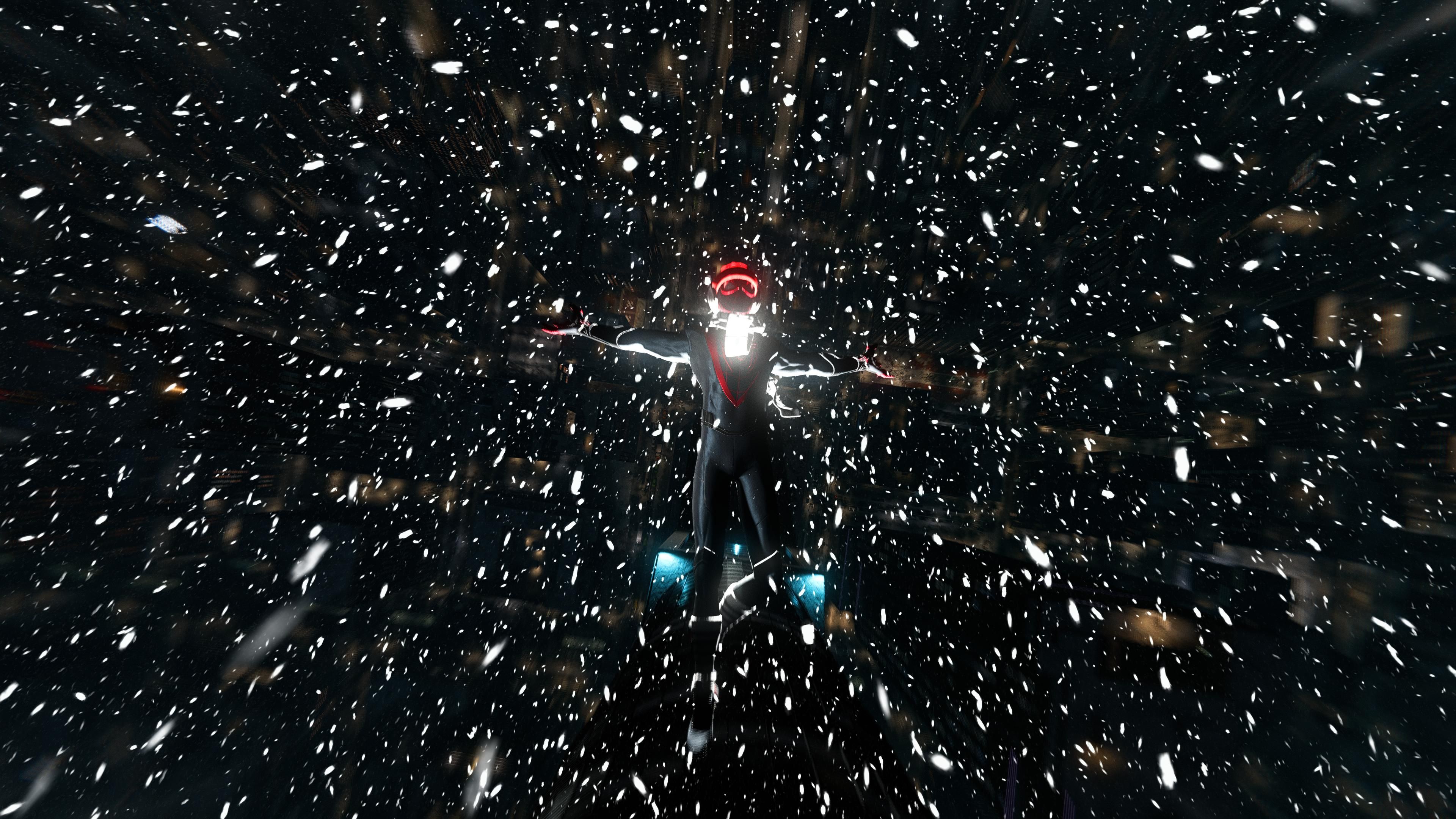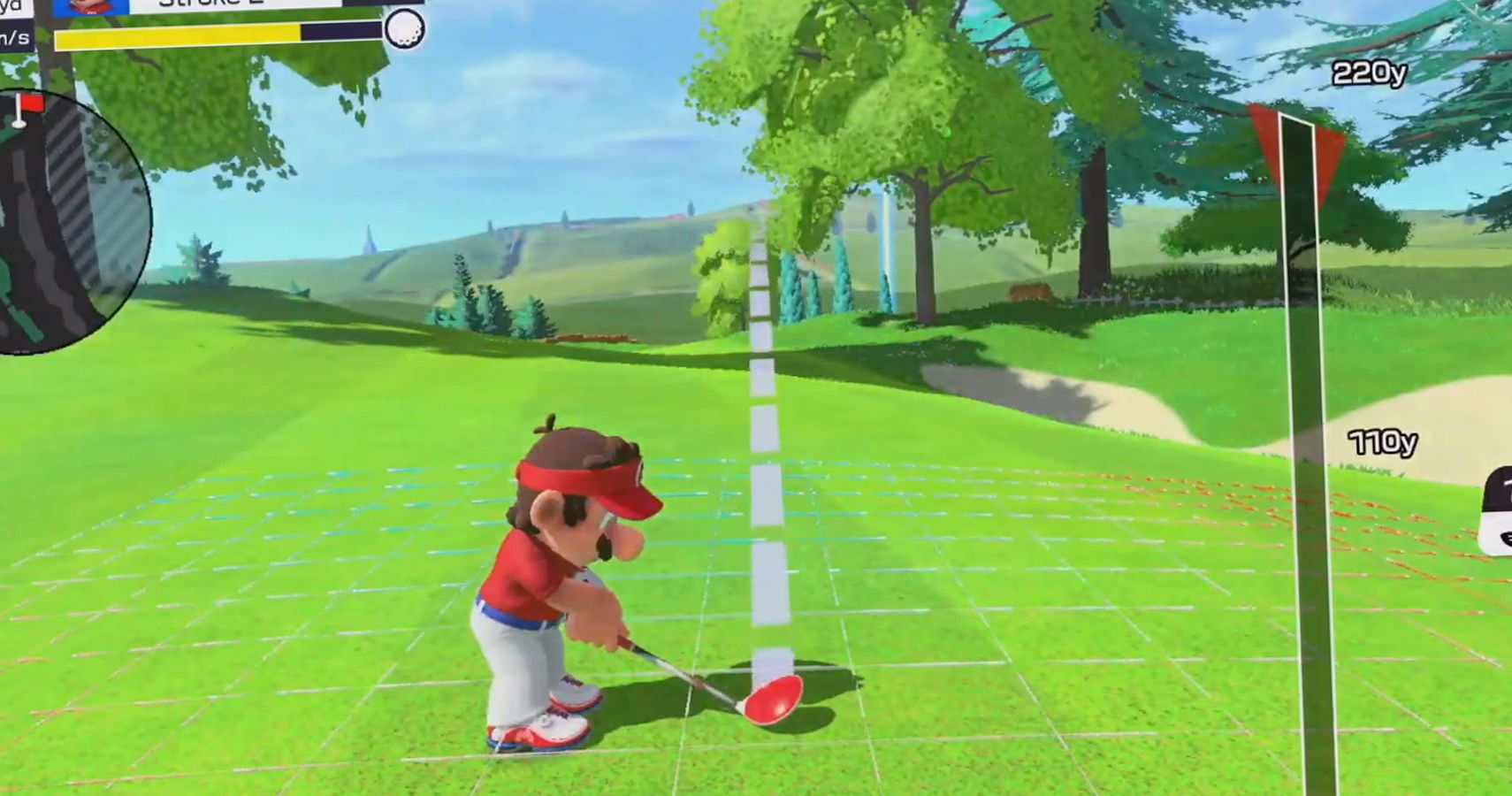Contrary to what seems to be the popular belief, I think most people who play video games are alright. I get to talk to loads of people who develop games, act for games, play games, write about games, and they’re all lovely folk. But don’t get me wrong: gaming as a whole can be incredibly toxic. I don’t know if it’s because of the type of voices we elevate, the inherent violence and “might is right” mentality of most triple-A games, or a problem with the power systems of the industry. It’s probably all three, and a lot more besides, but I’m not here to talk about that today. Instead, I want to talk about how I occasionally manage to tune out from all the toxicity and escape through virtual photography.
Virtual photography is exactly what it sounds like – you take pictures but, you know, virtually. Most people, myself included, do this using the photo mode that many of the biggest games ship with these days. Other virtual photographers have even made their own tools to mod photo modes into games which don’t currently have them. I’m pretty much exclusively a console virtual photographer, so I’m not really going into the mod stuff, but you’ll have to trust me that it’s very impressive.
Each mode has unique features around lighting, poses, and filters, but the bulk of the mode controls carry over across games. It’s a bit like video games themselves, where first-person shooters like Valorant, Call of Duty, and Overwatch all have their own individual elements, but at the end of the day, you aim and shoot. If you’re amazing at one, you’ll be at least decent at the rest. Photo modes work the same way.
This is where the comparison between photo modes and shooter games ends though. If you’re a newbie to any given shooter, don’t expect much assistance from your teammates. You might get lucky and find someone prepared to help you out for a couple of rounds, but for the most part you’ll be berated for every error you make. This is true even if you’re actually good at the game but make just one boneheaded mistake, and it goes at least triple if you have a feminine voice.
It’s not just the famously toxic shooter game community which has these issues though. I used to be quite good at Crash Team Racing: Nitro Fueled, and every third or fourth race I’d get some expletive ridden message on my Playstation telling me I’d hacked the game. Even in non-competitive games this issue can arise; I know of a few local Pokemon Go groups that fell apart due to bickering and in-fighting.
Even in my relatively brief time in virtual photography, I have seen a couple of flare ups. It’s only human nature. But I’ve also seen the community rally around anyone being treated unfairly, a community led focus on building each other up and repairing bridges, and an active effort to make sure everyone is as supportive as they can be.
All of that though is a very external toxicity in games, part of a toxicity which is complex, deeply rooted in gaming, and dangerous. Virtual photography isn’t really a solution to this, though it can be an escape from it. What’s much more important to me is that virtual photography has helped solve my problems with internal toxicity.
I’m not the your broken controller sort of angry gamer, but Christ, do some games piss me off. I loved Yakuza: Like A Dragon but that out of nowhere difficulty spike still makes me rage every time I think about it, and part of the reason I’m still seething inside about it is because Yakuza doesn’t have a photo mode, so I haven’t had a chance to revisit it with fresh eyes. Playing a game as a photographer is very different to playing it as a gamer or a critic, and my new hobby has helped me see a lot of games in a new light.
I did not enjoy Cyberpunk 2077. I didn’t enjoy its glitches, its shooting, its RPG elements, and a lot of its content in general just wasn’t for me. One brief, 20ish hour playthrough of the game, and I was done with it. However, then I heard it actually had a great photo mode, so back in I dove. Over 100 hours later, my second playthrough was complete. I still didn’t much care for the game itself, but I had nearly 1000 pictures, got to see interesting parts of the game I didn’t bother engaging with the first time, and generally enjoyed it a lot more. It stopped being about what the game was offering, and turned into what I was willing to take from it.
Now, I can’t wait to replay Ghost of Tsushima, even though I sunk over 60 hours into it last year for the Platinum and still found the game to be rather average. I’ve already written about how I wished The Last of Us Part 2 was just the flashbacks, and that piece only came about because I replayed it to take photographs. I talked about these hopeful flashbacks seeming like gasps of fresh air while the rest of the game held me underwater, but I’m not sure I even would have made it to them without the photo mode acting as a snorkel. It let me capture Ellie’s pain, and that meant I wasn’t just putting her through it for nothing. Like camera flashes in the pitch black, my photographs were glimmers of light in an incredibly dark game.
As well as making some games worth replaying, virtual photography has elevated games I already loved. I recently beat Marvel’s Spider-Man for the fourth time, but only on this most recent playthrough, where I stopped to take different shots, where I let myself breathe in every detail, did I feel like I was experiencing the game anew. This carried over into my New Game+ of Miles Morales, and now that I’ve learned from other photo modes, I think I’ll enjoy it even more next time around.
Another way it alleviates the internal toxicity is because there is no way to lose. Perhaps more importantly, there’s no way to win. Everything is subjective, and where success in a video game is measured in deaths and best times and collectibles, success in virtual photography is entirely down to fun. Hell, some of my best shots have come from me rushing into situations and snapping some quick pics, knowing certain death awaits my character when I exit photo mode.
Gaming still has huge issues with toxicity, and I won’t pretend photo mode is going to fix them. If you want to get away from them for a while though, or just want to see your favourite game in a new light, maybe virtual photography has the answer.
Next: I Hope The Next Tomb Raider Isn’t About Raiding Tombs
- TheGamer Originals
- PC
- Cyberpunk 2077
- Xbox One
- Ghost of Tsushima
- ps4
- Marvel's Spider-Man
- Spider-Man: Miles Morales
- The Last Of Us Part 2
Stacey Henley is an editor for TheGamer, and can often be found journeying to the edge of the Earth, but only in video games. In real life, she normally stays home. Find her on Twitter @FiveTacey
Source: Read Full Article




